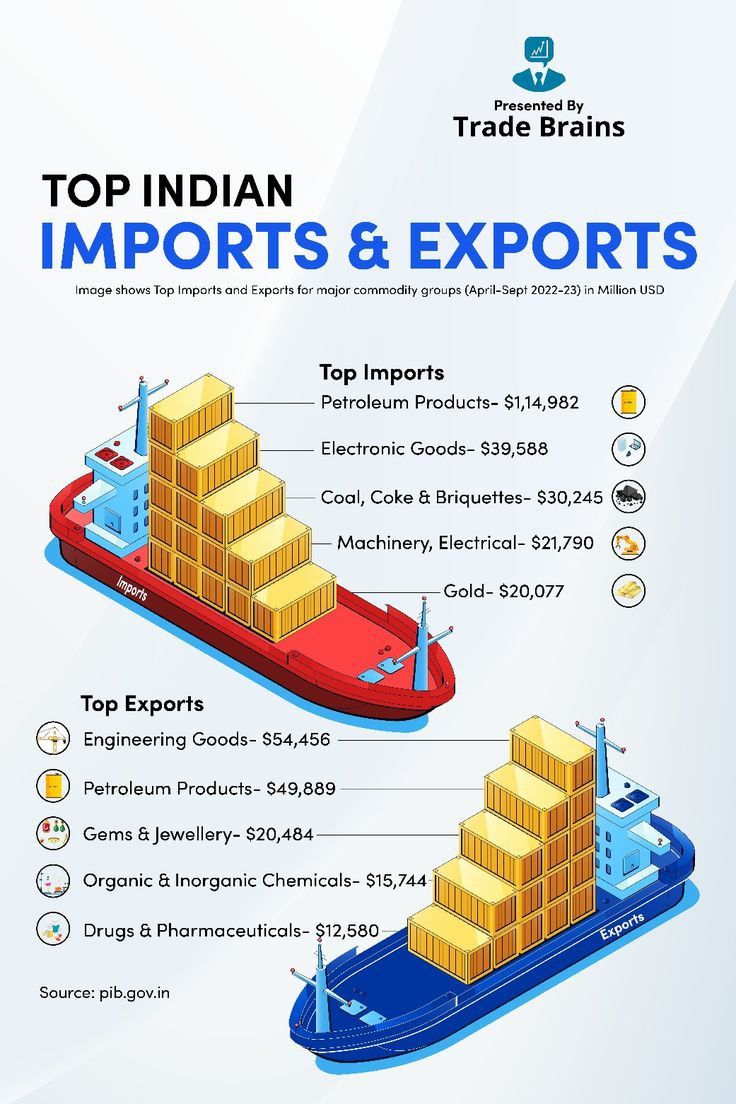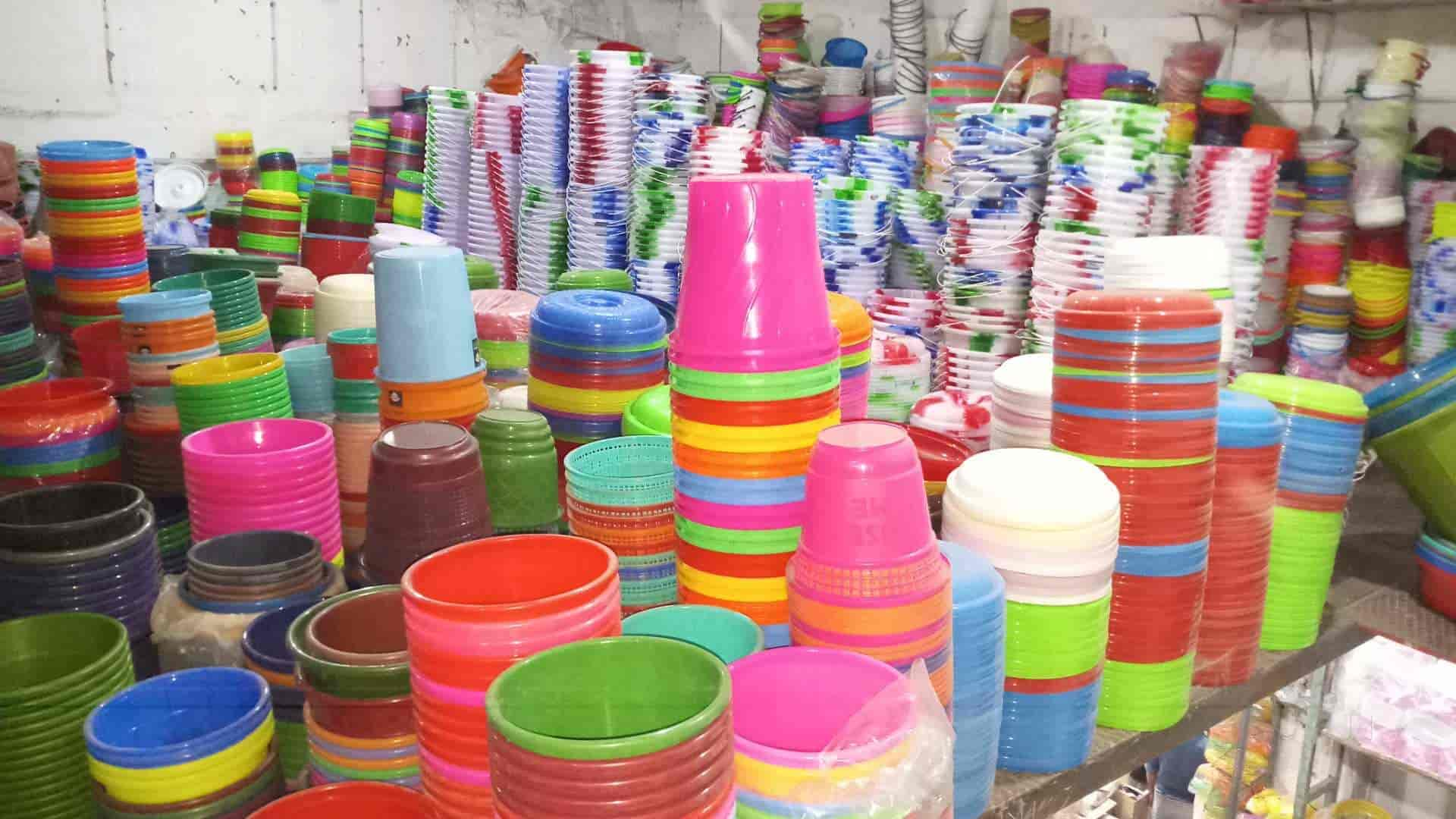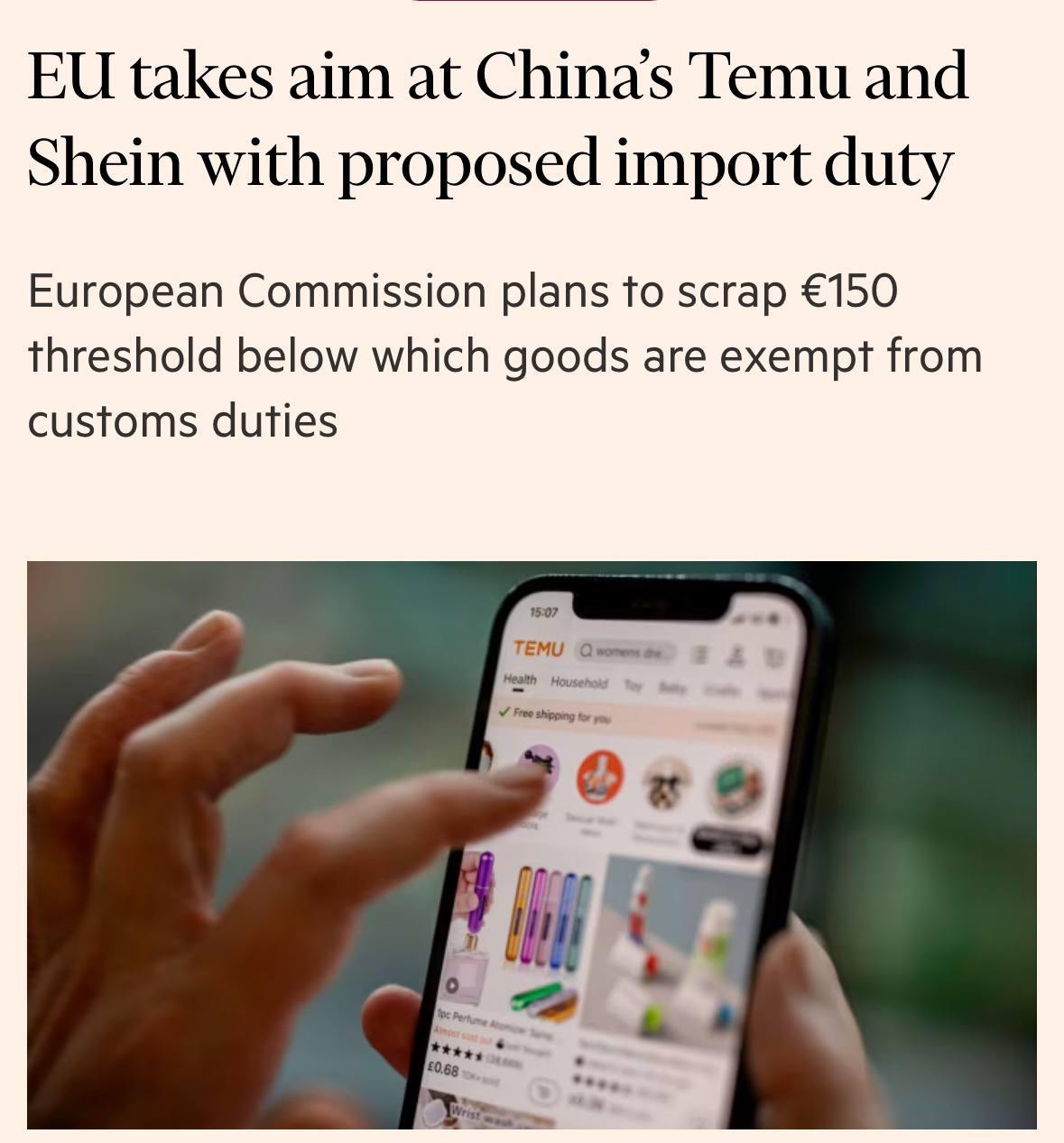Back
Havish Gupta
Figuring Out • 8m
Trump Has Issued Tariffs on All Major Countries. Does It Really Help the US? In Short: 1) Governments impose tariffs to reduce imports. 2) Higher import costs make foreign goods more expensive in the domestic market (here USA). 3) This encourages local companies to focus on in-house manufacturing, making their products more competitive. 4) Some local brands benefit from increased sales as consumers shift to domestic options. 5) But due to high production costs in the US, major companies (like Apple) often move manufacturing to countries like Vietnam or India. 6) As a result, imports remain similar while the relations with tariffed countries worsen. 7) Further, The tarrifed countries often fight with tariffs on US exports hurting American businesses. 8) Thus, US citizens end up paying more for the same products, while the government earns tax revenue. Example Where Tariffs Worked: In the 1970s–80s, South Korea faced tough competition from the international automobile market. The Korean government imposed tariffs to protect local car makers. Companies like Hyundai focused on innovation and cost efficiency. Eventually, Korean cars survived and now even exports globally. TL;DR: Tariffs usually make goods more expensive and can hurt the economy—unless the country can innovate and produce domestically at competitive prices. This is why, WSJ reffered this to as, "The Dumbest Trade War in History."
Replies (3)
More like this
Recommendations from Medial
Altamash Zia
Building Strategies ... • 1y
US President-elect Donald Trump has reiterated his plan to implement reciprocal tariffs on countries that impose high duties on American goods, specifically mentioning India and Brazil. At a press conference in Mar-a-Lago, Trump highlighted the dispa
See More
Chandrakant Kore
Bussinessman • 1y
what is export? Export is the process of selling goods and services produced in one country to buyers in another country. Exports are a key part of international trade and can help a country's economy grow. Here are some things to know about exports
See MoreDownload the medial app to read full posts, comements and news.


































